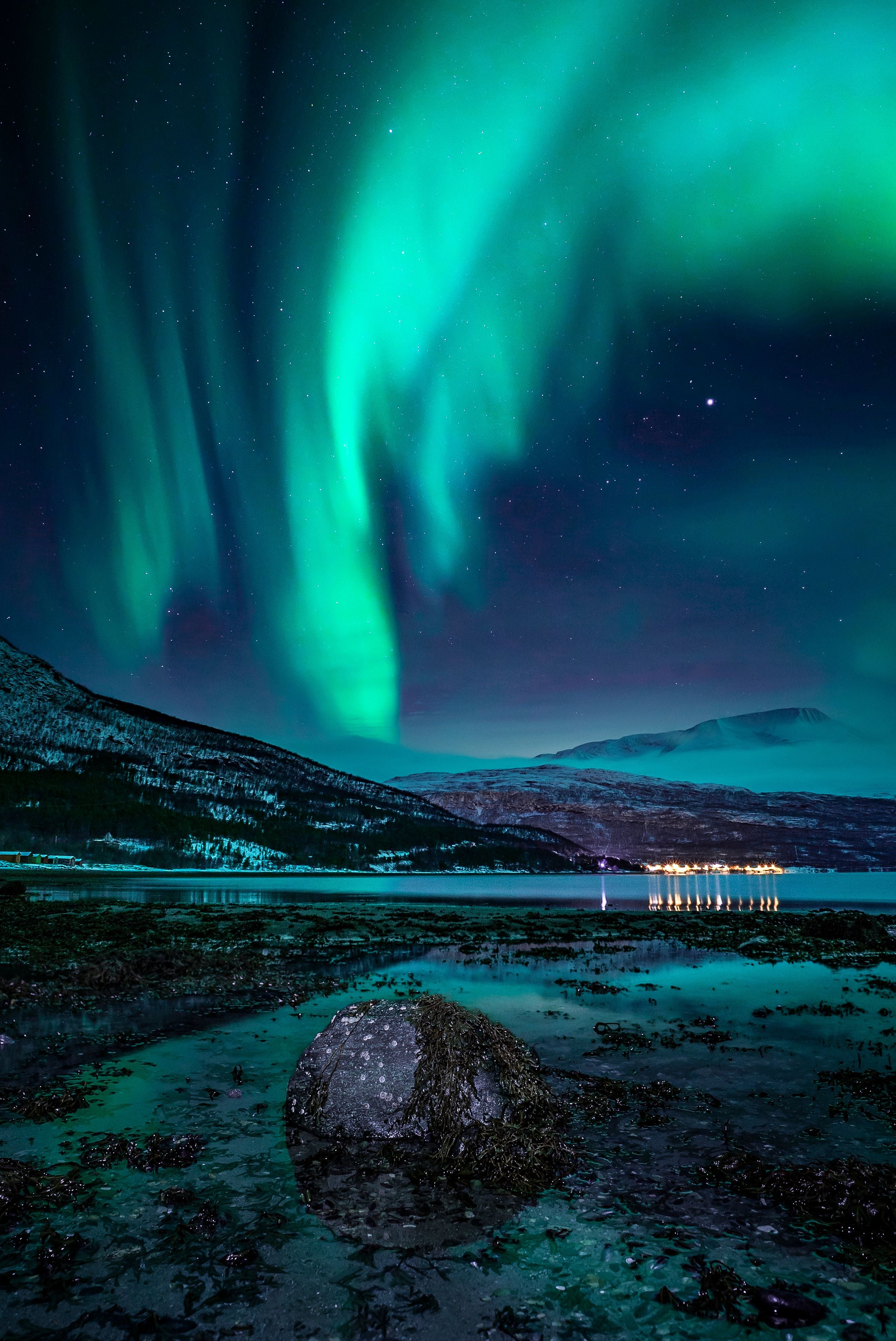What The Heck Is A Solstice
It's easy, the Earth spins round and round as it travels around the sun, but it's not spinning straight up and down: it's spinning at an angle relative to its circular route around the sun. Picture an enormous vertical pencil traveling around the sun, but "tilt" the pencil somewhat as it moves through its orbit. The angle of the pencil does not change, only its position in its orbit as it very slowly moves around the sun (we travel with it at a gentle speed of about 107,000 kilometers per hour, seemingly fast to us but the enormous distance involved means it takes a very long time to transit fully around the sun).
This space pencil represents Earth's rotational axis, so imagine now it is firmly stuck in a round piece of fruit to represent the planet, the two ends of the pencil sticking out on either side represent the North and South poles. The fruit rotates (turns round and round like a very confused driver in a roundabout) around the pencil as each day passes: this is the day/night cycle as we experience it.
As the space pencil moves slowly around the sun (31,536,000 seconds in a full 365 day year), if you use two fingers to represent the sun and space pencil (the space pencil finger at an angle relative to the sun), you might notice that at one position in the orbit, the upper "pole" of the pencil/finger is as far from the sun as possible, and on the exact opposite side, it's as near to the sun as possible. You can imagine how this might affect the amount of light from the sun touching those areas.
And of course, in the Southern half of the planet, the amount of light received relative to the position in the Earth's orbit is reversed! This is what makes days become "shorter" or "longer" depending on where you live. The planet continues to spin round and round the pencil, but the "closeness" of each pole to the sun changes as the planet moves through its orbit around the sun.
When the North Pole is furthest from the sun, this is the "Winter Solstice" for the Northern hemisphere (with the winter solstice in the south happening 6 months later when the South Pole is furthest from the sun). The winter solstice usually happens around the 21st or 22nd of December, and once it occurs, days in the Northern hemisphere begin to become longer again, as the Earth slowly but surely travels toward the "Summer Solstice" for the northern hemisphere.
The North Star
The Winter Solstice is the perfect time to do some stargazing! Here is a simple "recipe" to get started:

What is the North Star?
The North Star, also known as Polaris, is a bright star located almost directly above the North Pole. (Note that it is the last or "tail" star in the handle of the Little Dipper constellation, and that the Little Dipper is also known as Ursa Minor). The North Star has been used for a very very long time as a navigational tool, guiding travelers and explorers in finding their way.
Why is the North Star important?
The North Star is important because it remains almost stationary in the night sky while all the other stars appear to rotate around it. This makes it a reliable point of reference for navigation, especially when other landmarks or celestial bodies are not visible.

Step 1: Locate the Big Dipper
The Big Dipper is a well-known constellation (it is part of "Ursa Major: The Great Bear", specifically the hind portion) that is easy to spot in the northern hemisphere and is generally always visible if the sky is clear. It consists of seven bright stars that form the shape of a ladle or a saucepan. The two stars at the end of the ladle form the outer edge of the Big Dipper's bowl.
Step 2: Find the North Star using the Big Dipper
Once you have located the Big Dipper, imagine a line connecting the two stars at the end of the ladle's bowl. Extend this line beyond the ladle, and you will find the North Star. The North Star is approximately five times the distance between the two stars at the end of the Big Dipper's bowl.
Step 3: Verify the North Star
To confirm that you have found the North Star, you can use the constellation Cassiopeia. Cassiopeia is a distinct "W" or "M" shape in the night sky. The North Star should be in line with the center of Cassiopeia's shape.
Step 4: Use the North Star for navigation
Once you have identified the North Star, you can use it as a reference point for navigation. The North Star is always in the northern direction, and its height above the horizon corresponds to your latitude. For example, if the North Star is high in the sky, you are closer to the North Pole. If it is closer to the horizon, you are closer to the equator.
And to all a good night.......
Finding the North Star is a simple and effective way to determine your direction when navigating outdoors. By following these short instructions and using the Big Dipper and Cassiopeia as guides, you can easily locate the North Star and use it as a reliable reference point for finding your way when all else fails.

